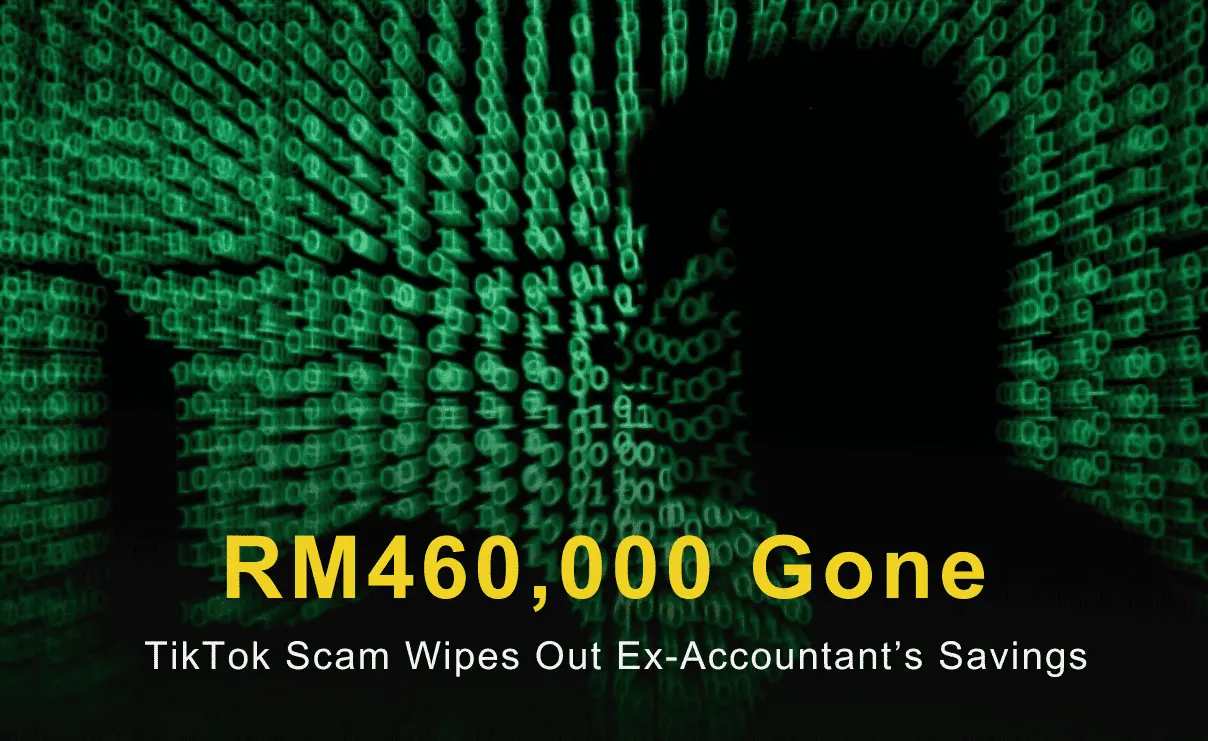Abstract:Stop account takeovers: master phishing detection, enable MFA, and build strong, unique passwords. Simple steps that meaningfully lower risk for forex traders.

In the world of forex trading, where market volatility surges like ocean waves, every trade holds the potential for substantial gains—but it also harbors invisible dangers, such as phishing attacks. Picture this: You're glued to your K-line charts, poised to execute a trade, when an “urgent alert” email arrives, claiming your account is suspended and demanding immediate link verification. The result? Your funds vanish in an instant. This isn't fiction; it's a daily reality for forex traders. According to reports from regulatory bodies like CySEC and the FCA, global forex account losses from phishing scams exceeded $10 billion in 2024. As a forex trader, securing your account isn't just a technicality—it's a matter of survival. This article spotlights three practical methods to significantly cut phishing risks, making your trading journey safer and more efficient.
Method One: Master Phishing Detection—Verify Sources from the Details
Phishing attacks thrive on deception, often masquerading as trusted brokers or platforms like IG, OANDA, or eToro to lure you into clicking malicious links or downloading bogus apps. In forex, these strikes are rampant because traders are wired to react swiftly to market cues. The antidote? Cultivate a “three-second pause” rule: Before acting on any account-related email or message, halt and scrutinize the fine print.
Key steps include:
- Inspect the Sender's Address: Legitimate broker emails come from official domains, such as “support@oanda.com.” Spot a variant like “support@oanda-support.net”? Red flag—it's a hallmark of domain spoofing.
- Validate URL Links: Hover over the link (without clicking!) to confirm it leads to the authentic site. Forex platforms start with “https://” and feature a padlock icon. Phishing links might mimic as “https://oanda-login.com,” slipping in an extra hyphen.
- Cross-Check Content: Phishing emails peddle urgency, like “Your account closes in 24 hours,” or slip in typos. In forex, official notices never solicit passwords via email.
A stark real-world example: In 2023, the Australian Securities and Investments Commission (ASIC) documented online investment trading scams, including forex phishing, resulting in $1.3 billion in losses, with victims often ensnared by fraudulent emails mimicking broker notifications. Implementing these checks could have spared many from such pitfalls.
Adopting these habits boosts your phishing detection rate by over 80%.
Method Two: Enable Multi-Factor Authentication (MFA)—An Extra Barrier That Locks Out Phishers
A username-password combo alone is like a flimsy gate in the forex arena. Phishers snag credentials via keyloggers or social engineering, then waltz in. But MFA flips the script: It demands a second verification layer, like a phone code or biometric scan, rendering stolen passwords useless.
Detailed guide to activating MFA on forex platforms:
- Select MFA-Supported Platforms: Major brokers like FXCM and Saxo Bank offer it natively. Log into your account settings and locate the “Security” or “2FA” section.
- Set Up an Authenticator App: Opt for Google Authenticator or Authy, which generate time-sensitive codes every 30 seconds—no SMS needed (SMS is vulnerable to SIM swaps). Scan the QR code to link, then enter the app's code on login.
- Risks and Mitigations: MFA isn't foolproof—if your phone's lost, contact your broker to freeze the account pronto. Test the flow monthly to dodge “forgotten code” snags.
Industry data shows MFA slashes phishing success rates to below 1% for protected accounts. In a 2024 phishing wave targeting forex traders, those with authenticator apps like Google Authenticator blocked unauthorized access, preserving their portfolios amid the scam surge. MFA doesn't just fortify—it streamlines logins, freeing you to focus on the markets.
Method Three: Strengthen Password Management and Ongoing Education—Build Inner Defenses to Prevent Breaches
Phishing preys on weak passwords: Too many forex traders cling to guessable ones like “123456” or “forex2023.” Bolstering password hygiene, paired with continuous learning, forms your third bulwark—a proactive shield.
In-depth execution:
- Craft Robust Passwords: Aim for 16+ characters blending uppercase, lowercase, numbers, and symbols. Ditch birthdays or phone digits. Swap “trade123” for “Fx!Tr@de2025#Euro.”
- Leverage Password Managers: Tools like LastPass or Bitwarden auto-generate and vault credentials, with browser extensions for seamless fills. In forex apps, they prevent input errors during volatile sessions.
- Routine Audits and Training: Review account logs monthly for odd logins (e.g., from unfamiliar IPs). Dive into forex forums like TradingView for fresh scam intel. Regulators like the NFA offer free webinars on threats like spear-phishing.
- Forex-Specific Tips: Scams often disguise as “VIP signal groups.” Shun unsolicited invites and activate your platform's anti-fraud filters.
Cybersecurity analyses for 2025 highlight how hedge funds employing password managers have thwarted phishing incursions, underscoring their role in averting multimillion-dollar exposures. These practices, though routine, minimize risks, empowering you to navigate forex battlegrounds with poise.
Conclusion: Prioritize Security for Enduring Trading Success
In forex trading, the thrill of leverage and opportunity is undeniable, yet phishing lurks like hidden reefs, ready to capsize the unwary. By honing detection skills, activating MFA, and mastering password strategies, you've armed yourself with essential tools.








